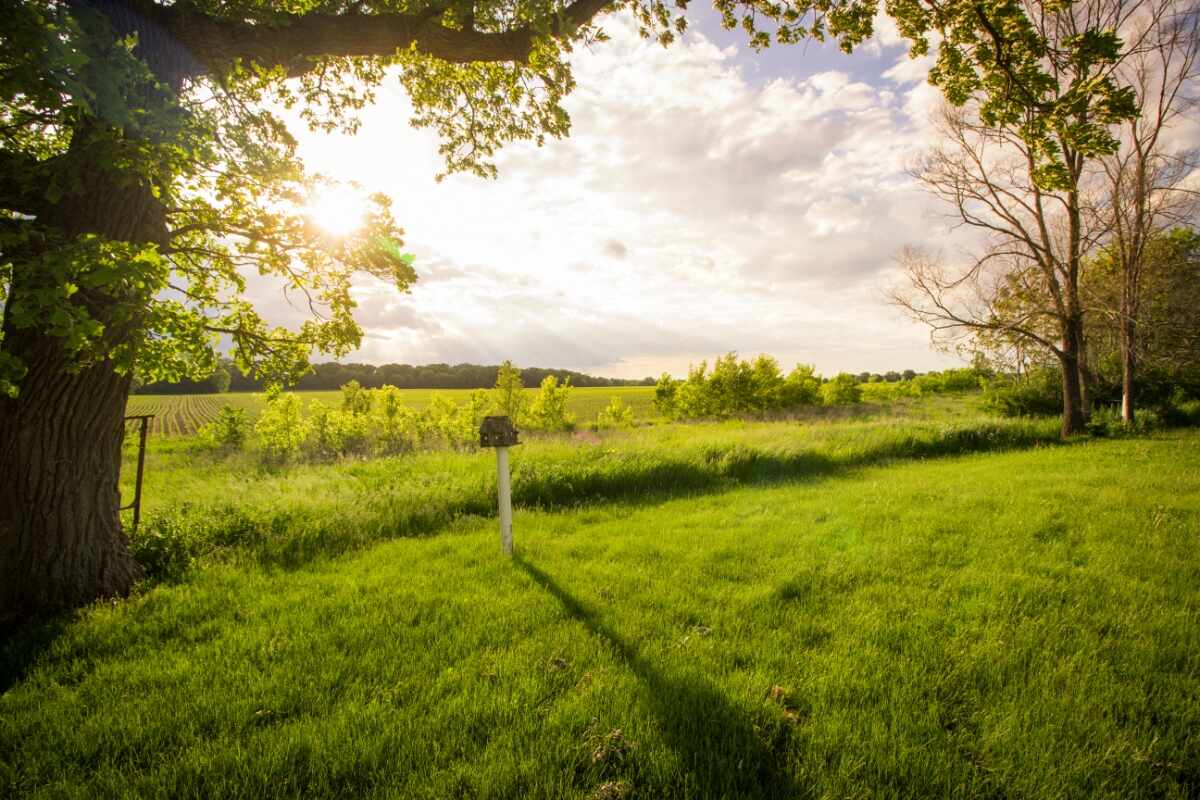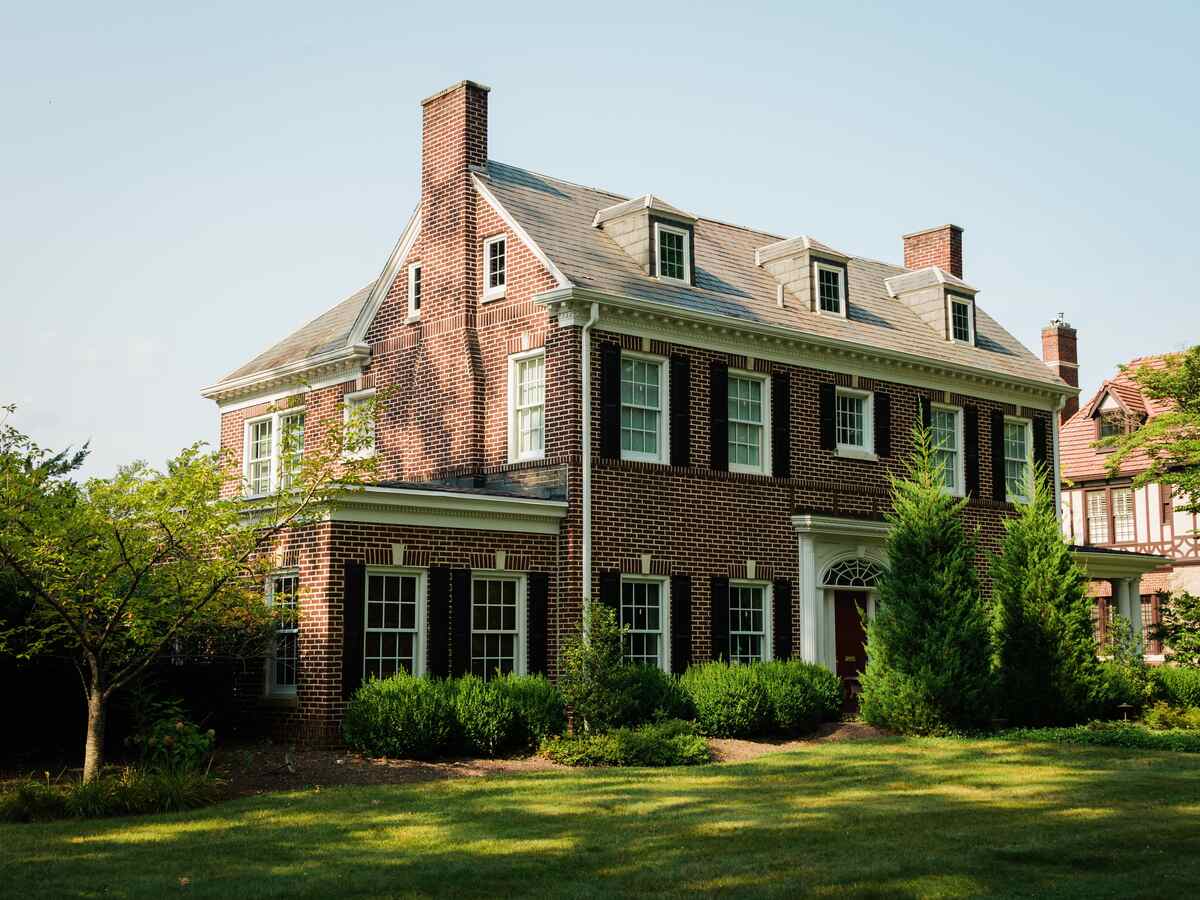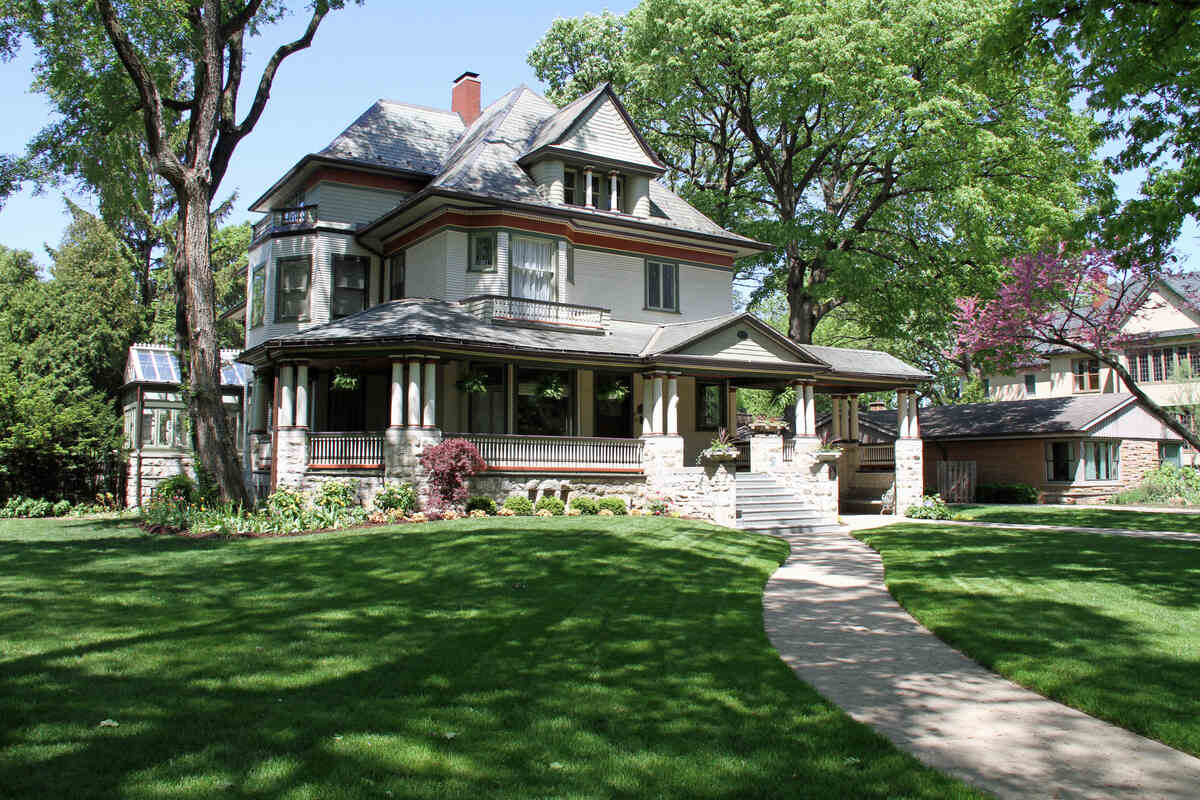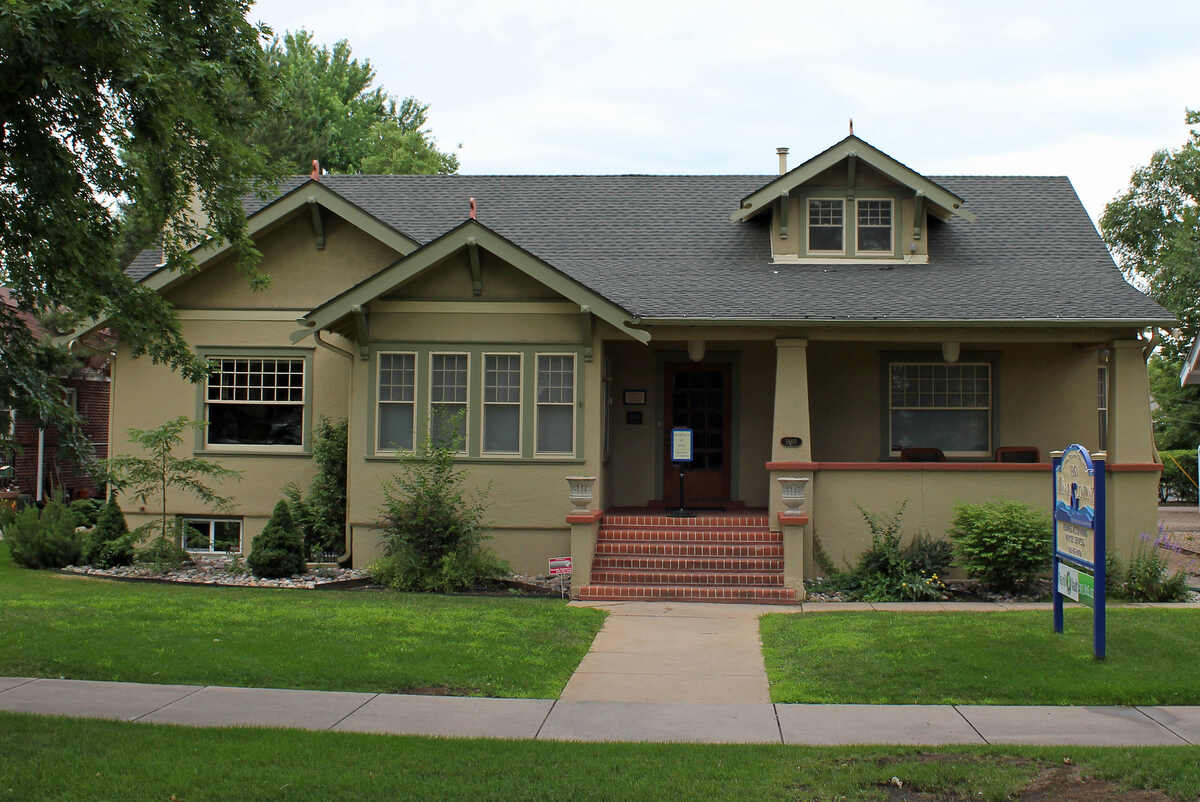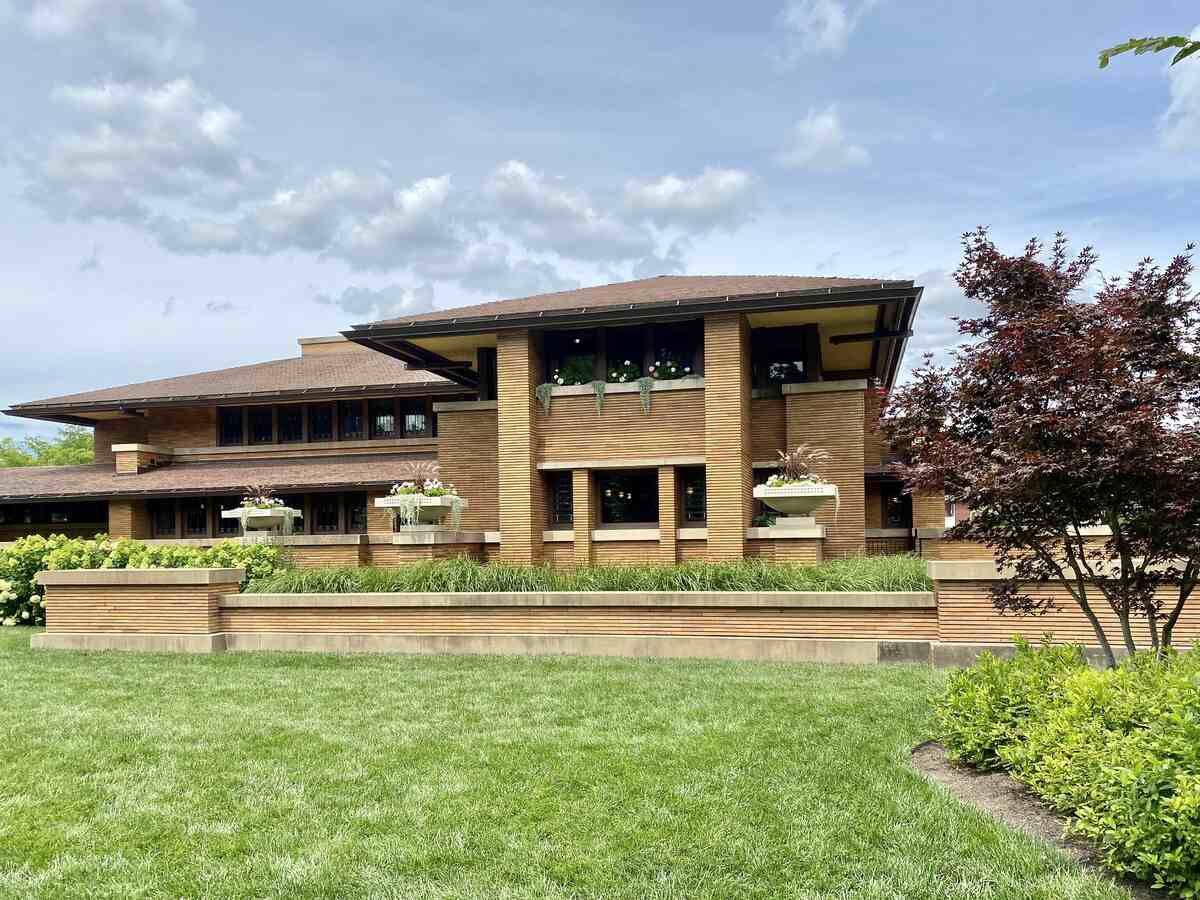
From the North Country through Long Island and west through Buffalo, it is crucial to consider New York State’s fickle and varied climate when creating a lush and healthy lawn. These variations can make maintaining your grass in this area challenging. But don’t worry; there’s hope. These are the best grass seeds for New York.
If you have only a New York minute to spare, skip to our guide on choosing the best grass for your New York lawn for a quick overview.
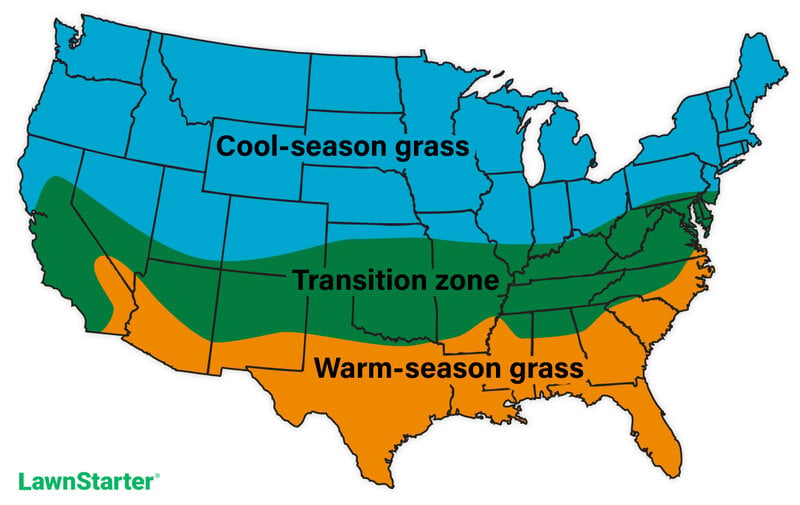
1. Kentucky Bluegrass

Photo Credit: Shutterstock
A popular lawn grass in New York, Kentucky bluegrass has a soft texture and a blue-green color. It can handle heavy foot traffic and recover quickly from damage. Bluegrass prefers full sun or partial shade but may struggle in hot summers without regular watering. It will recover quickly once the weather cools and rainfall returns.
Classification: Cool-season grass
Spreads by: Rhizomes
Shade tolerance: Low
Drought tolerance: Moderate
Foot traffic tolerance: Moderate
Maintenance needs: Moderate mowing frequency and high fertilization needs.
Mowing height: Set mowing height between 2.5 and 3.5 inches.
Potential for disease: Moderate to high; prone to several diseases, such as dollar spot, leaf spot, necrotic ring spot, summer patch, and stripe smut.
Soil pH: 6-7.5
Soil type: Performs best in well-drained, heavy soils with high fertility.
Other notes: Though it is a cold-tolerant grass species, newer and improved varieties are becoming more drought and temperature-tolerant, making bluegrass a great year-round option for New York lawns.
Grass Seed Options:
– Jonathan Green (11970) Blue Panther Kentucky Bluegrass Grass Seed (3 lbs.)
– SeedRanch Midnight Kentucky Bluegrass Seed (5 lbs.)
2. Perennial Ryegrass
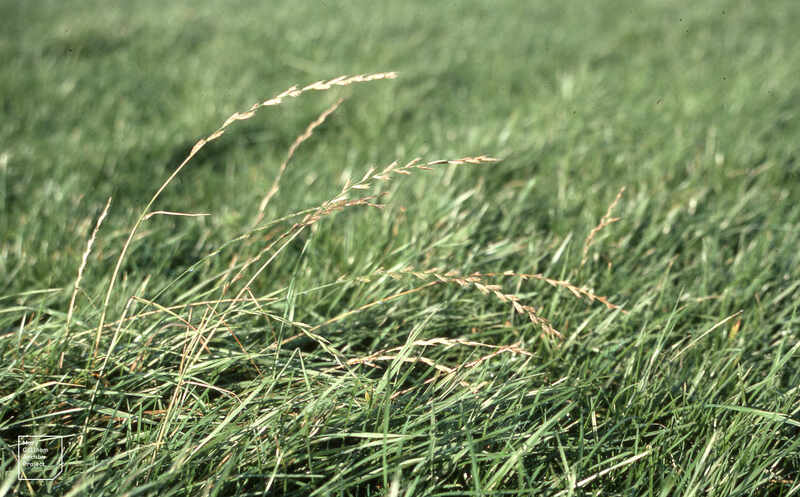
Photo Credit: Dr Mary Gillham Archive Project / Flickr / CC BY 2.0
Perennial ryegrass is an ideal choice for New York lawns that need to withstand wear and tear. It establishes quickly and is cold-tolerant, making it a popular option across the northern U.S. Perennial ryegrass is often blended with Kentucky bluegrass and fine fescues for its soft texture and hardiness.
Classification: Cool-season grass
Spreads by: Has a bunch-type growth habit
Shade tolerance: Low
Drought tolerance: Low
Foot traffic tolerance: High
Maintenance needs: Moderate mowing and fertilization requirements. Thatch is not significant.
Mowing height: Set mowing height to 1.5 to 2.5 inches
Potential for disease: High. Common diseases include gray leaf spot, red thread, and leaf spot/melting-out.
Soil pH: Can grow in soils with a pH between 5 and 8 but prefers between 6 and 7.
Soil type: Prefers good drainage and fertility but can tolerate some poor drainage.
Other notes: Perennial ryegrass is often mixed with Kentucky bluegrass in New York due to its fast germination. While it is not as cold-tolerant as bluegrass, it can still thrive in the Mid-Hudson, Long Island, Rochester, and Buffalo areas.
Grass Seed Options:
– Outsidepride Perennial Ryegrass Seed (5 lbs.)
– Eretz ProTurf Perennial Ryegrass Fine Lawn Seed (choose your size)
3. Tall Fescue

Aaron J. Patton, Ph.D. / Turfgrass Extension Specialist at Purdue University
In New York, turf-type tall fescue is popular because of its disease resistance and because it grows well in dry and infertile areas. This grass grows quickly, so frequent mowing and maintenance are necessary to help it thrive. However, tall fescue cannot survive frigid winters like those above Westchester and Orange counties.
Classification: Cool-season grass
Spreads by: Produce short rhizomes but have a bunch-type growth habit
Shade tolerance: Moderate
Drought tolerance: Moderate to High
Foot traffic tolerance: Moderate
Maintenance needs: Mow frequently, but does not produce much thatch.
Mowing height: Set mowing height to 2 inches when the grass reaches 3 inches tall.
Potential for disease: Tolerant of most diseases when adequately maintained.
Soil pH: 5.5-6.5
Soil type: Adapted to various soil types but prefers fertile clay soils with good drainage.
Other notes: Damage caused by pests can take a long time to recover on tall fescue lawns, even though infestations are uncommon. Overseeding may be necessary to repair your lawn in the fall. Grubs are the most common pests that harm tall fescue lawns.
Grass Seed Options:
– Triple-Play Tall Fescue Grass Seed Blend (5000 sq ft)
– Eretz Kentucky 31 K31 Tall Fescue Grass Seed (choose your size)
– Pennington The Rebels Tall Fescue Grass Seed Mix (7 lb.)
4. Fine Fescue
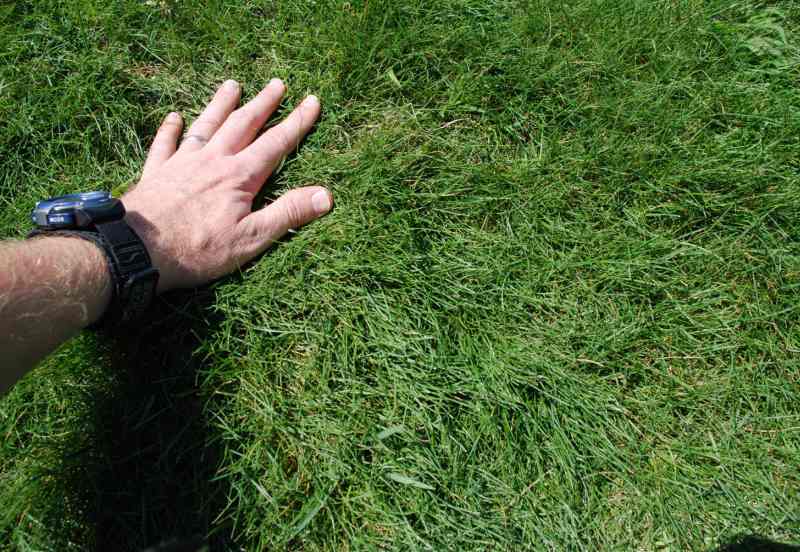
Aaron J. Patton, Ph.D. / Turfgrass Extension Specialist at Purdue University
Fine fescue is an excellent low-maintenance option for lawns and shade landscaping in New York. It can tolerate dense shade, slightly acidic soil, and resists drought and cold temperatures. Due to its thin leaves, it may not withstand heavy foot traffic but makes beautiful patterns if you want to stripe your lawn.
Classification: Cool-season grass
Spreads by: Creeping red fescue spreads by rhizomes, while other fine fescues are bunch-type grasses, such as chewing, hard, and sheep fescues.
Shade tolerance: Moderate to High, depending on species
Drought tolerance: Moderate to High, depending on species
Foot traffic tolerance: Low to Moderate, depending on species
Maintenance needs: Low fertilizer and mowing needs
Mowing height: Set mowing height between 2.5 and 4 inches, depending on species.
Potential for disease: Moderate. Common diseases include red thread, leaf spot, dollar spot, summer patch, and powdery mildew.
Soil pH: 6-6.5
Soil type: Will not perform well in wet soil conditions. It prefers drier soils and tolerates various soil types and fertility.
Other notes: Over-fertilization, frequent watering, or planting on poorly drained soil can result in poor quality and stunted growth.
Grass Seed Options:
– Outsidepride Legacy Fine Fescue Grass Seed (5 lbs.)
– Eretz Creeping Red Fine Fescue Seed (choose your size)
– Outsidepride Creeping Red Fine Fescue Grass Seed (25 lbs.)
– Outsidepride Hard Fine Fescue Grass Seed (10 lbs.)
5. Creeping Bentgrass
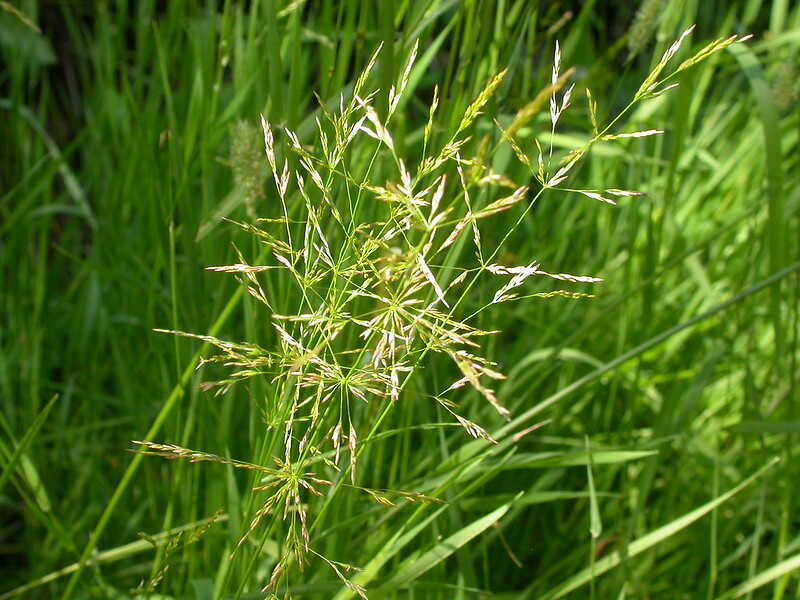
Creeping bentgrass is a cool-season grass commonly used in golf courses and high-end lawns throughout New York State, except in the North Country, where winters are too harsh. It is favored for its fine texture and lush green appearance but is high maintenance. It can tolerate salt more than the others, some shade and foot traffic, but not drought.
Classification: Cool-season grass
Spreads by: Stolons
Shade tolerance: Moderate
Drought tolerance: Low
Foot traffic tolerance: Moderate
Maintenance needs: Requires frequent watering, fertilizing, dethatching, and mowing.
Mowing height: Set the mowing height between 0.125 and 0.5 inches.
Potential for disease: High disease potential. Common infections include dollar spot, anthracnose, and brown patch.
Soil pH: 5.5-6.5
Soil type: Prefers moist soils with good drainage.
Other notes: Creeping bentgrass is highly susceptible to disease. This turfgrass requires frequent watering, fertilizing, dethatching, and mowing.
When Should I Plant Grass Seed in New York?
Late summer to early fall offers optimal conditions for seed germination and the best chance of success for cool-season grasses. Whether planting grass seed in a new lawn or over an existing one in upstate New York, plant between August 15th and September 15th. In southeastern New York, plant between August 15th and October 1st.
Choosing the Best Grass for Your New York Lawn
No matter which grass you choose, it’s essential to follow proper planting and care techniques to ensure your lawn grows healthy and strong. By selecting the right grass seed mix and being attentive to your lawn’s unique needs, you can create a beautiful, vibrant lawn that will thrive throughout the year.
| Grass Type | Maintenance |
| Kentucky Bluegrass | Medium to high |
| Perennial Ryegrass | Medium to high |
| Tall Fescue | Low to medium |
| Fine Fescue | Low to medium |
| Creeping Bentgrass | High |
- High-traffic: Kentucky bluegrass blended with perennial ryegrass can take a lot of wear and tear.
- Shade-tolerant: Fine fescue is a good shade grass.
- Drought-tolerant: The fescues are good drought-tolerant options.
- Cold-hardy: A Kentucky bluegrass and perennial ryegrass grass seed mixture is the best choice for upstate New York.
When To Call a Professional
If you’re considering investing in your lawn, consider how much time you have to maintain it. Neglecting your lawn may result in pests, disease, and decreased property value. Contact a lawn care pro near you to hire someone who can maintain your lawn and keep it healthy all season long.
Looking for lawn care experts in your city? Lawnstarter has pros in Albany, Rochester, Buffalo, Poughkeepsie, Syracuse, Melville, and other cities across the Empire State to handle all your lawn care needs.
Additional source:
Main Image Credit: Warren LeMay / Flickr / CC BY-SA 2.0
LawnStarter participates in the Amazon Services LLC Associates Program, an affiliate advertising program. LawnStarter may earn revenue from products promoted in this article.

